As individuals, their energy inspires others. But together, their passion for social responsibility and health literacy is helping to change lives.
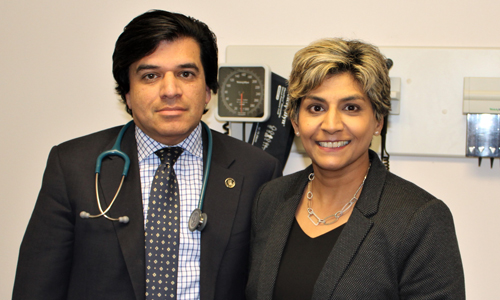
Gurdeep and Anita Parhar
Over the years, the Faculty of Medicine’s Gurdeep Parhar, Executive Associate Dean of Clinical Partnerships and Professionalism, and his partner, Anita Parhar, who teaches in the Faculty of Education and the Faculty of Medicine, have married their strengths in medicine and education to help others in need.
One of the many groups they’ve turned their attention to in recent years is adults with Attention Deficit and Hyperactive Disorder (AHDH) — a disorder that affects four to five per cent of all adults. Many adults, they say, don’t even know they have it.
We sat down with the Parhars to find out what inspired them to support adults with ADHD and learn more about how their work is making a difference.
A year and a half ago, you opened a centre focused entirely on serving the needs of adults with ADHD, offering diagnosis, support and educational resources. What inspired you take on this work as partners?
GP: As a family doctor, I began seeing more and more adults who would tell me that they were struggling; that they were having a hard time keeping their appointments that they couldn’t keep down a job; that they had had one failed relationship after another. They were finding everyday activities a real challenge.
These are often telltale symptoms of ADHD in adults. Four to five per cent of adults have ADHD — and, as it turns out, nearly 80 per cent of adults who have the disorder have never been diagnosed or treated. When you think about those numbers, it’s quite shocking and Anita and I recognized, together, that there was so much more that could be done to help this population that has gone largely unidentified.
AP: Knowing that the symptoms of ADHD can be traced back to early childhood, I was really interested in using my skills — as an educator, and former elementary school teacher — to help this population. Throughout my teaching career, I have seen many children wrongly labeled because they behaved differently, because they couldn’t sit still, or perhaps because they got bored easily with a task. Some end up with poor grades, and many with low self-esteem. I suppose I have always questioned how we can better support children and youth — and now adults — who have ADHD and who are so often mislabeled.
Tell me more about the work at the centre, and how you’re working to build capacity by educating other physicians and teachers about ADHD.
GP: At the clinic, there’s a lot of demand. We see about 40 new adults every week — they are referred to the centre by their family doctor or psychiatrist. I work with Anita to conduct a very detailed consultation —often assessing early school records, like report cards, which can help shine a light on just how early the signs and symptoms of their ADHD may have began. After the assessment, which takes about an hour, the patient is informed of the diagnosis and provided with a lot of educational resources and information about support groups. We also provide them with a detailed report to share with their family doctor. I really believe in giving family doctors the tools needed to support this patient population — and if the patient doesn’t have a family doctor, we continue seeing them at the clinic.
AP: Outside of the clinic, we are also working to build capacity in the community by educating others about ADHD. We host regular educational sessions for teachers and doctors, often fielding and answering questions from psychiatrics, pediatricians, addiction specialists and family doctors. What we’re seeing now is a lot of physicians from across B.C. coming to learn so that they can engage in the same practices and support adults with ADHD at their own office.
Only a year and a half in to opening the centre — with locations in Vancouver and Burnaby — what impact has your work had so far?
GP: The stories we hear are profound. For many, receiving a diagnosis after so many years can be life changing. We have had some people say that they have been told their whole lives that they were lazy, that they couldn’t focus, that they didn’t put enough effort in. In reality, they had a condition that wasn’t diagnosed or ever treated. After receiving a diagnosis and the support they need, some say it’s turned their lives around — it has helped them to secure steady work and improved their relationships with their family and friends. If you can make that profound of an impact in one person’s life, how could you not want to do it?
AP: For me, it’s wonderful to see people’s perceptions of themselves transform. We have adults tell us “I’m not smart, or capable” but when you dig back into their past and ask them questions — you realize that they are brilliant — they just didn’t fit into the system. Once they see and understand their condition, the conversation changes completely.
You are both passionate about social justice and health literacy. You previously co-starred in a television series, “Pearls for Success,” which was dedicated to teaching new immigrants and refugees the basics of health care and education. Where did your passion come from?
GP: For me, it has was always about the underserved — as a family doctor I see people who do not always engage with their education and health opportunities for one reason or another, and because of this, they’re being left behind. So for me, the driver has always been to change that.
AP: I think part of my passion stems from my grandfather, who came to Canada in 1924. Understanding the struggles he went through, from what I remember as a child, and everything he did to build a life here really impacted me. His aim was for his grandchildren – me – to go to university, to be successful, and help people. So I see this work as fulfilling some of what he wanted. If I can do something that makes a difference — that makes life a little easier for people — why wouldn’t I do that?
Related Stories: Giving Back
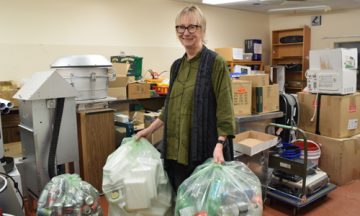
Giving back by taking rubbish – and recycling it
SPPH Professor Karen Bartlett creates own initiative to shrink the school’s environment footprint. Read More >
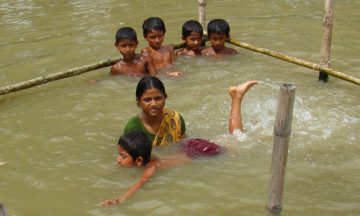
A lifetime of lifesaving leads a faculty member to Bangladesh’s “drowning fields”
Clinical Professor Steve Beerman aims to reduce childhood drowning in Bangladesh. Read More >
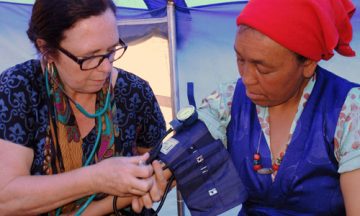
Improving maternal health at home and abroad
A conversation on global maternal health with UBC Midwifery Instructor Cathy Ellis. Read More >
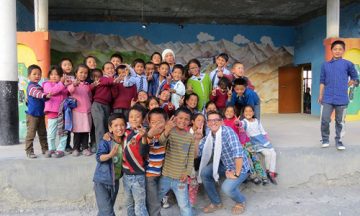
MD student Max Moor-Smith talks about his summer research project in India
Second-year medical student Max Moor-Smith shares his experience providing health education for children in Spiti Valley, India. Read More >
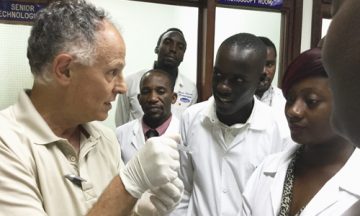
Back to the basics
UBC’s Ed Conway is tackling hemophilia in Uganda using ‘older’ and ‘better’ technology Read More >
